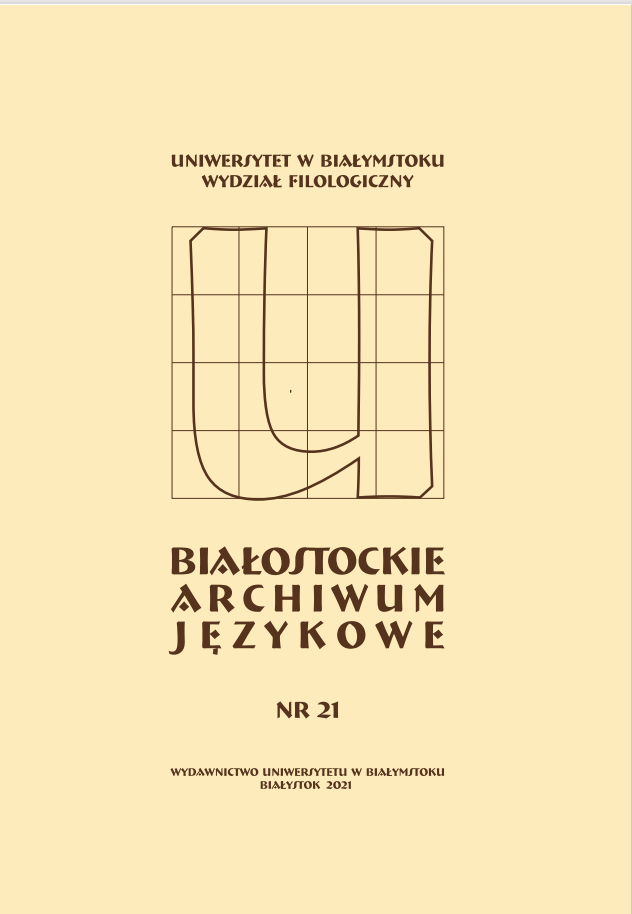Największe dzieła polskiej leksykografii XVIII wieku (Nowy dykcjonarz Michała Abrahama Troca oraz Nowy wielki dykcjonarz Piotra Daneta i Dymitra Koli) z perspektywy współczesnych badań historycznojęzykowych: nowe wyzwania i potrzeby badawcze
The most significant works of the 18th century Polish lexicograph (Nowy dykcjonarz by Michał Abraham Troc and Nowy wielki dykcjonarz by Piotr Danet and Dymitr Kola) from the perspective of contemporary historical linguistics: new research challenges
Author(s): Beata KuryłowiczSubject(s): Language and Literature Studies, Theoretical Linguistics, Historical Linguistics
Published by: Wydawnictwo Uniwersytetu w Białymstoku
Keywords: historical lexicography; multilingual dictionaries; 18th century Polish language
Summary/Abstract: The paper presents fundamental achievements of the 18th century Polish lexicography: Nowy dykcjonarz (New Dictionary) by M.A. Troc and Nowy wielki dykcjonarz (New Great Dictionary) by P. Danet and D. Kola, in the context of contemporary research needs (especially those pertaining to historical linguistics) as well as the challenges faced by Polish lexicography (historical lexicography in particular). The primary objective is the identification of lexis comprised in both dictionaries – the linguistic material is reliable and representative of the status and condition of the Polish language of the day. A more profound insight into lexical structure, the analysis of word meanings along with the examination of the frequency of words in particular lexico-semantic fields may be a major contribution to the knowledge of the Polish lexis of mid 18th century and a promising scientific springboard for further research into the development of lexical system of the epoch that still remains a blank spot in Polish lexicology. The two works are also interesting for their cultural value. The units recorded in both lexicons not only show the richness of Polish vocabulary, but they also shed light on the Polish culture. Behind these words are two worlds – the material and the mental/spiritual, the latter hidden beneath the former. The aforementioned challenges for historical lexicography include the need for digitization of the contents of the dictionaries under study. Although they have already been digitized, the present version is far from being easy to use, with the Polish material (especially that in Danet-Kola’s lexicon) still remaining inaccessible.
Journal: Białostockie Archiwum Językowe
- Issue Year: 2021
- Issue No: 21
- Page Range: 97-107
- Page Count: 11
- Language: Polish

